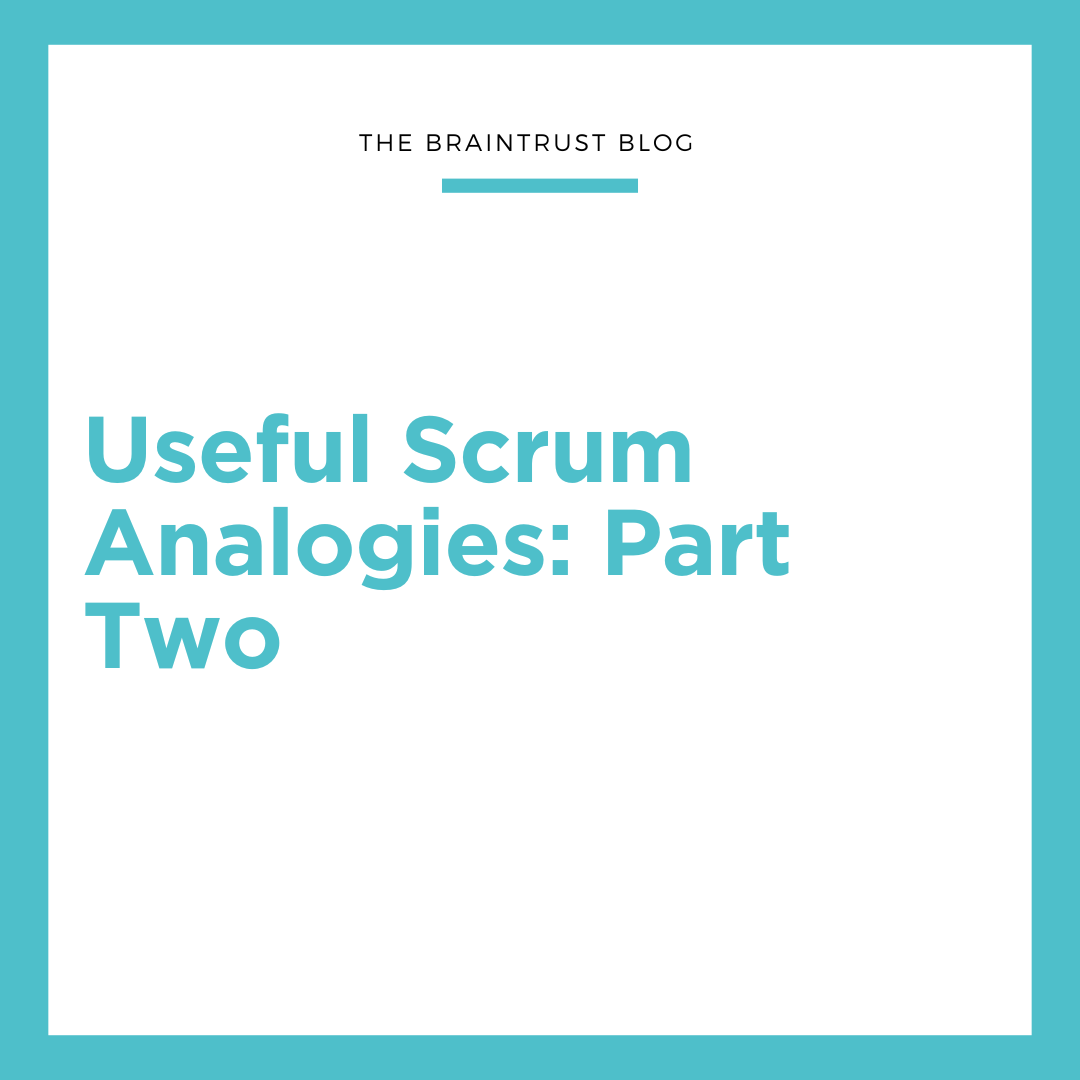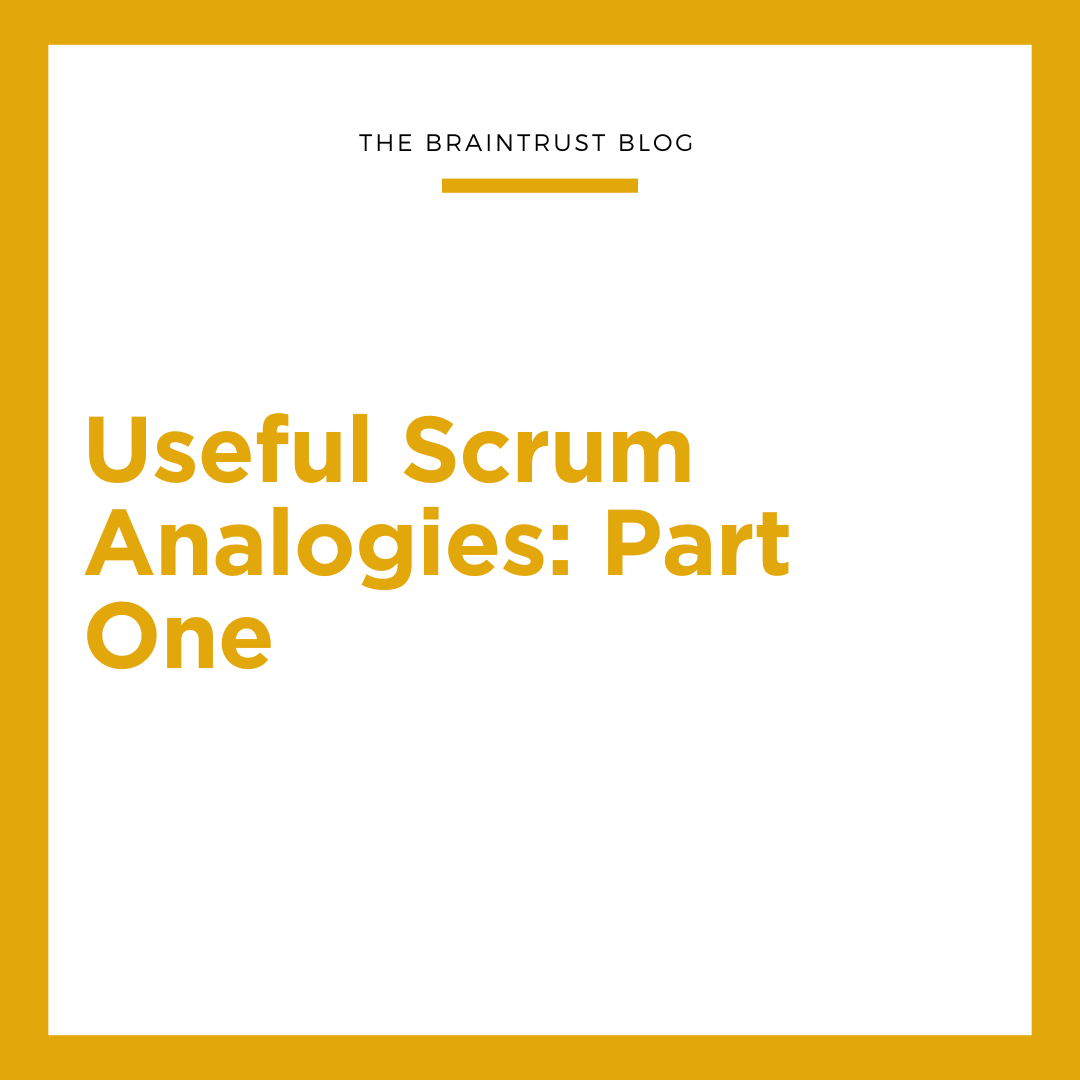Project managers pay a LOT of attention to the triple constraint. Costs, schedule, and scope are watched like a hawk. When one starts to slip, project managers are quick to say “pick any two.” Their interrelationship is such that you cannot affect one without affecting at least one other. The graphic to the right depicts the triple constraint. Lengthen or shorten one edge of the triangle and at least one other line is affected.
Keeping the costs in line with the project budget depends on having a solid budget to begin with. The following categories of costs need to be considered to properly establish a project budget.
People costs. Sometimes they matter, sometimes they don’t. If you have salaried labor working on a project, that is a fixed cost. There may be chargebacks to the project, but generally for the company these costs will be incurred anyway. If you have contract labor, that’s different. Every hour is charged to the project so these people costs matter. Either way, if you have to account for people costs, be sure to capture all of the involved personnel. This includes the developers, testers, project managers, and stakeholders. Training, whether formal or informal, is another component of people costs.
Infrastructure. This includes the systems and the software necessary to run the new product. Be sure that all necessary environments are considered – production, test, development, QA, and disaster recovery to name a few. Licenses for all necessary software, including operating system, security, anti-virus and more will need to be purchased for these systems. There may also be desktop components to be purchased to access the system. What about data? You need to factor in not only the amount needed for initial rollout but growth rate as well. And finally, depreciation expenses will be a factor as well.
Operational costs. Depending on your company, these may or may not be part of the project budget. However, these must be considered as part of the overall return on investment (ROI) calculation for the product. Once the product has been rolled out, what ongoing expenses will there be? Licensing costs, support personnel, calls to the help desk, and ongoing maintenance all need to be factored in. Any additional processing on a mainframe system will increase the processor workload, which may increase the software charges from IBM and third-party products.
Retired systems. The new product might be replacing an aging system. In theory, the costs for the replaced system will disappear once the new product is rolled out. In reality, that’s not always the case. Business areas sometimes want to hold onto legacy systems for a period of time, especially if all of the old data was not migrated to the new system. The dispensation of the legacy system needs to be considered when talking about costs.
As you can see, there are many factors to be considered in the overall cost of a project. Miss something and the triple constraint is affected. This is true whether using a traditional or Agile approach. If your budgets are giving you fits, Braintrust Consulting Group can help! To find out more, contact us here at Braintrust. Click on the Contact page to hear from one of our product specialists. Or, head over to the Services tab to find out more about our offerings.




